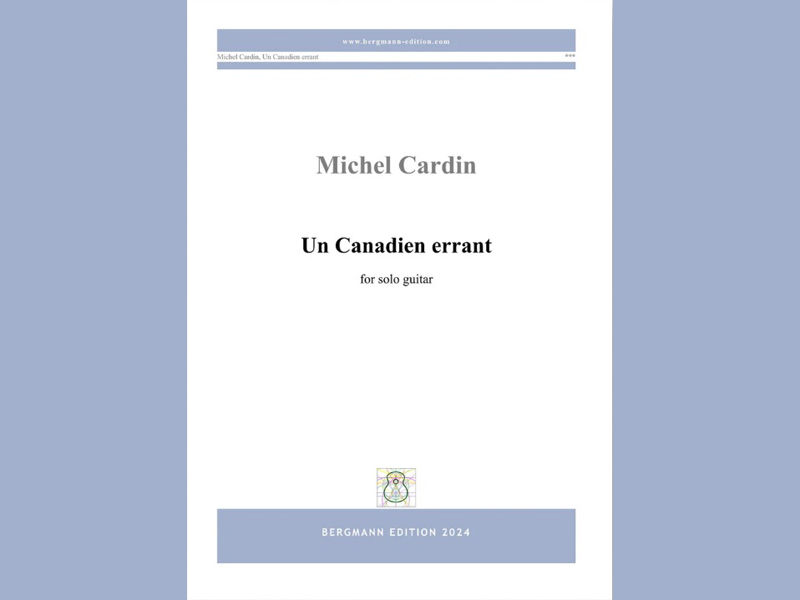Matthew Cochran : Three Non-Algorithmic Human Interactions : DOz
- chrisdumigan
- Jun 22, 2022
- 3 min read

Matthew Cochran
Les Productions D’Oz: 14 pages
Every so often, you come across a piece, or in this case a set of 3 pieces, that knocks you sideways! This set of three pieces is written in such a different way, with a really individual slant to it that it really caught my attention. Let me first say that the worst thing about the book is the actual title! That’ll never catch on!
Even before we get to the music there is a little performance note saying that the player can approach this music with flexibility and freedom, and therefore movements can be performed in any order, or each of them could be a standalone work. Not only that repeats can be omitted altogether, or expanded and the fingerings are only suggestions, and finally the player should feel free to explore their own creativity whilst maintaining, or even improving, the music. This just about gives you the freedom to do whatever you like with the pieces, a most unusual concept!
Having read that however, the part about the fingerings is unlikely to be taken at face value because the nature of the music is so involved with the actual unusual arpeggiations that are all over the three pieces, that I doubt there are many, if any, places where you could rethink it, to the extent that it would improve the finished work.
The titles are also a little enigmatic, and so the opening What I Wish I Said, marked ‘A Bit Reserved’ at 92 crotchets a minute sets the scene nicely, in that right from the opening you are met with an unusual figuration wherein a slightly unusual but quite friendly opening phrase of 7 notes in the melody is spread over 3 different strings in a laisser vibrer fashion. The little phrase that dominates then moves around the fingerboard, varying its structure as it goes , but still largely needing to be played in the same manner, namely, spread across a number of strings. This of course makes for a very interesting sound, quite different in the way it is all put together, but definitely not making this an easy piece to play by any means. Also the use of, at times, almost modal harmonies makes the key structure of it unusual and yet fascinating to play.
The second movement, What Time is Now? really takes this to a new level in that the music is largely in semi – quavers in 6/8 and so nearly every bar has 12 notes, constantly moving around and yet still creating that odd, almost other – worldly clanging sound that continues throughout most of its 87 bars of music. The difficulty factor here is substantially harder than the first movement too, and half the time you are trying to find exactly where the composer has placed the notes in the arpeggio so that the l.v. sound can still continue.
The final piece The Promise of Something New is the fastest at 132 dotted quavers a minute , again is mostly in semi- quavers (which is of course 396 semi -quavers a minute!) and again follows the same manner of writing as the other two, even though the actual music in all three pieces is entirely different in context, but is a wonderfully involving movement, that really has something to say , and duly says it !
So all I can say is that anyone who performs these in concert will firstly have to be a wonderful player, but secondly and most importantly I would love to hear the audience’s ovation at the end. What a set of pieces!
Chris Dumigan




Comments